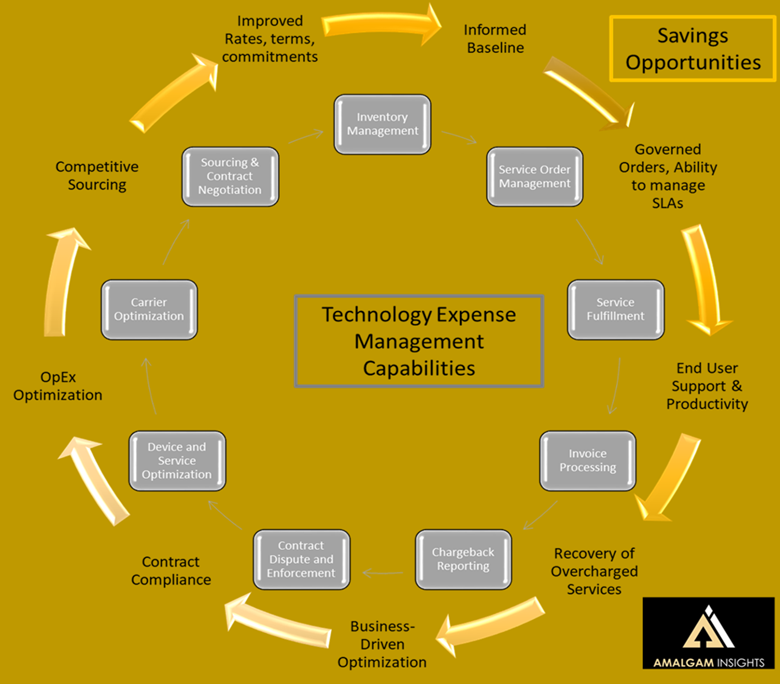 Some years are easy to predict than others. Stability in a market makes tracing the trend line much easier. 2020 looks to be that kind of year for the migration to microservices: stable with steady progression toward mainstream acceptance.
Some years are easy to predict than others. Stability in a market makes tracing the trend line much easier. 2020 looks to be that kind of year for the migration to microservices: stable with steady progression toward mainstream acceptance.
There is little doubt that IT organizations are moving toward microservices architectures. Microservices, which deconstruct applications into many small parts, removes much of the friction that is common in n-Tier applications when it comes to development velocity. The added resiliency and scalability of microservices in a distributed system are also highly desirable. These attributes promote better business agility, allowing IT to respond to business needs more quickly and with less disruption while helping to ensure that customers have the best experience possible.
Little in this upcoming year seems disruptive or radical; That big changes have already occurred. Instead, this is a year for building out and consolidating; Moving past the “what” and “why” and into the “how” and “do”.
Kubernetes will be top of mind to IT in the coming year. From its roots as a humble container orchestrator – one of many in the market – Kubernetes has evolved into a platform for deploying microservices into container clusters. There is more work to do with Kubernetes, especially to help autoscale clusters, but it is now a solid base on which to build modern applications.
No one should delude themselves into thinking that microservices, containers, and Kubernetes are mainstream yet. The vast majority of applications are still based on n-Tier design deployed to VMs. That’s fine for a lot of applications but businesses know that it’s not enough going forward. We’ve already seen more traditional companies begin to adopt microservices for at least some portion of their applications. This trend will accelerate in the upcoming year. At some point, microservices and containers will become the default architecture for enterprise applications. That’s a few years from now but we’ve already on the path.
From a vendor perspective, all the biggest companies are now in the Kubernetes market with at least a plain vanilla Kubernetes offering. This includes HPE and Cisco in addition to the companies that have been selling Kubernetes all along, especially IBM/Red Hat, Canonical, Google, AWS, VMWare/Pivotal, and Microsoft. The trick for these companies will be to add enough unique value that their offerings don’t appear generic. Leveraging traditional strengths, such as storage for HPE, networking for Cisco, and Java for Red Hat and VMWare/Pivotal, are the key to standing out in the market.
The entry of the giants in the Kubernetes space will pose challenges to the smaller vendors such as Mirantis and Rancher. With more than 30 Kubernetes vendors in the market, consolidation and loss is inevitable. There’s plenty of value in the smaller firms but it will be too easy for them to get trampled underfoot.
Expect M&A activity in the Kubernetes space as bigger companies acquihire or round out their portfolios. Kubernetes is now a big vendor market and the market dynamics favor them.
If there is a big danger sign on the horizon, it’s those traditional n-Tier applications that are still in production. At some point, IT will get around to thinking beyond the shiny new greenfield applications and want to migrate the older ones. Since these apps are based on radically different architectures, that won’t be easy. There just aren’t the tools to do this migration well. In short, it’s going to be a lot of work. It’s a hard sell to say that the only choices are either expensive migration projects (on top of all that digital transformation money that’s already been spent) or continuing to support and update applications that no longer meet business needs. Replatforming, or deploying the old parts to the new container platform, will provide less ROI and less value overall. The industry will need another solution.
This may be an opportunity to use all that fancy AI technology that vendors have been investing in to create software to break down an old app into a container cluster. In any event, the migration issue will be a drag on the market in 2020 as IT waits for solutions to a nearly intractable problem.
2020 is the year of the microservice architecture.
Even if that seems too dramatic, it’s not unreasonable to expect that there will be significant growth and acceleration in the deployment of Kubernetes-based microservices applications. The market has already begun the process of maturation as it adapts to the needs of larger, mainstream, corporations with more stringent requirements. The smart move is to follow that trend line.






